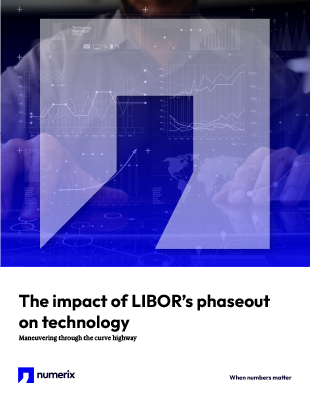
The Impact of LIBOR's Phaseout on Technology: Maneuvering Through the Curve Highway
Regulators and industry bodies have agreed on the alternative reference rates (ARRs) that will replace LIBOR, which is anticipated to no longer be published or supported past the end of 2021. To successfully transition to the new rates will require extensive efforts by institutions, who will need to address multiple activities related to ARRs documentation, client outreach, risk management, changes to processes and, crucially, upgrades to technology systems.
In this Q&A, Numerix Chief Marketing Officer James Jockle interviews Ping Sun, PhD and Senior Vice President of Financial Engineering at Numerix, to discuss the technology perspective tied to the switch to the ARRs—specifically, the impact it will have on curve instruments and curve modelling.
The key issues the article covers include:
- The legacy systems in use today likely cannot be used for the new ARRS
- The introduction of ARRs will likely require revamps to technology architectures to accommodate new curve requirements
- Any new technology will need to accommodate 5 core functionalities
- Approaching the tech upgrade inhouse vs. using vendor-provided solutions


